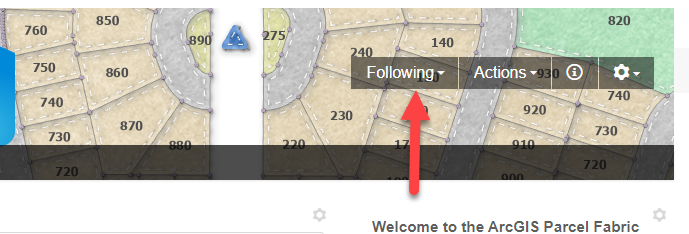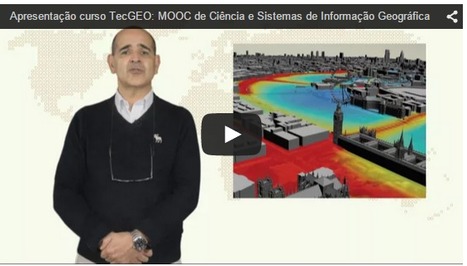Turn on suggestions
Auto-suggest helps you quickly narrow down your search results by suggesting possible matches as you type.
Cancel
Land Records and Valuation Blog
Turn on suggestions
Auto-suggest helps you quickly narrow down your search results by suggesting possible matches as you type.
- Home
- :
- All Communities
- :
- Industries
- :
- Land Records and Valuation
- :
- Land Records and Valuation Blog
Options
- Mark all as New
- Mark all as Read
- Float this item to the top
- Subscribe to This Board
- Bookmark
- Subscribe to RSS Feed
Subscribe to This Board
Other Boards in This Place
66
1.2M
164
Land Records and Valuation Documents
70
22.7K
8
Land Records and Valuation Blog
73
12.6K
9
Land Records and Valuation Videos
71
109.3K
64
Latest Activity
(9 Posts)
73 Subscribers
Popular Articles
Parcel Fabric — Considerations for a Successful Conversion into the ArcGIS Parcel Editing Solution.
KristinBrown
Deactivated User
3 Kudos
3 Comments
Community Parcels
BrentJones
Esri Contributor
2 Kudos
0 Comments
NOVA IMS' GIS & Science MOOC - TecGEO
FernandoGil
Regular Contributor
1 Kudos
0 Comments

